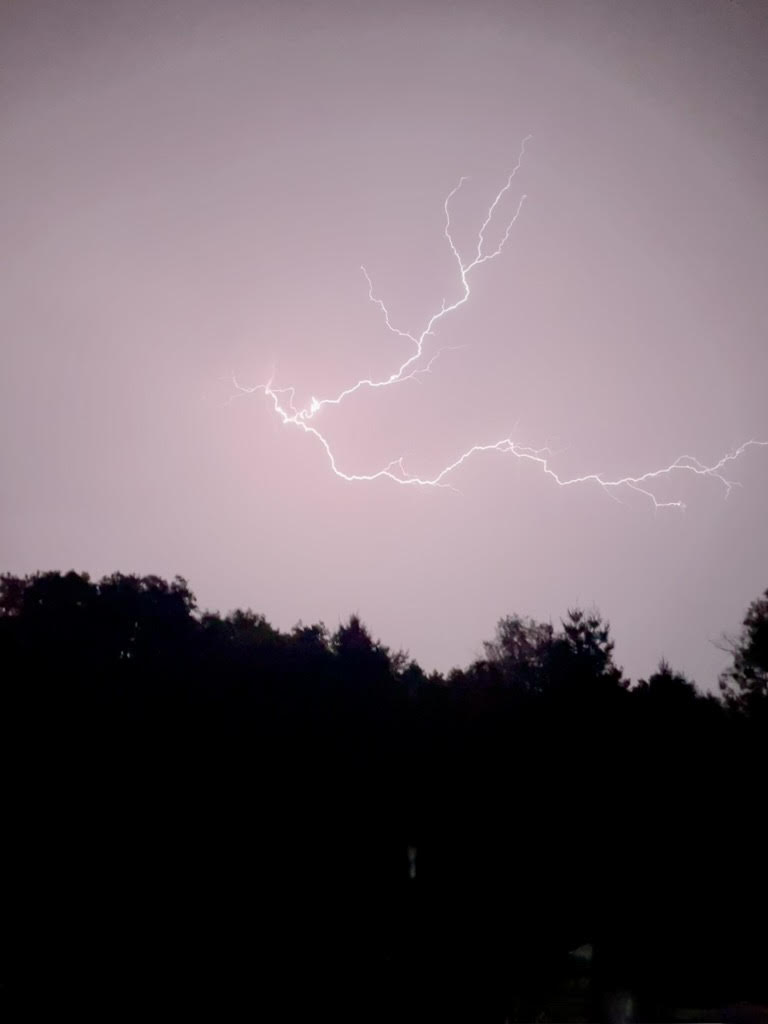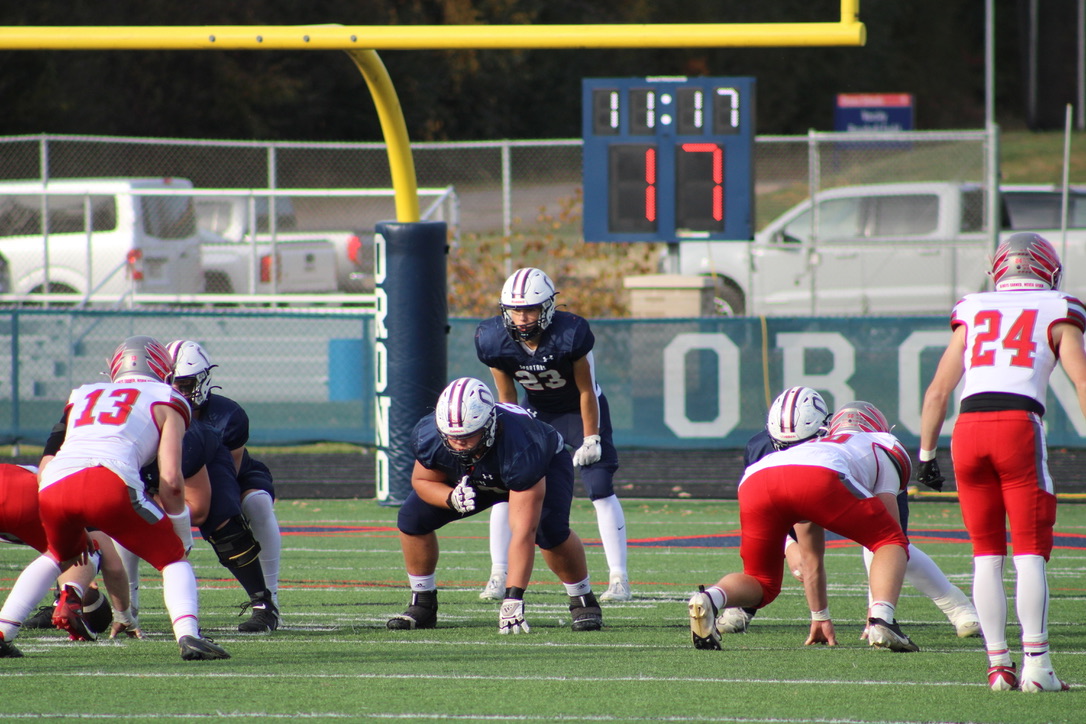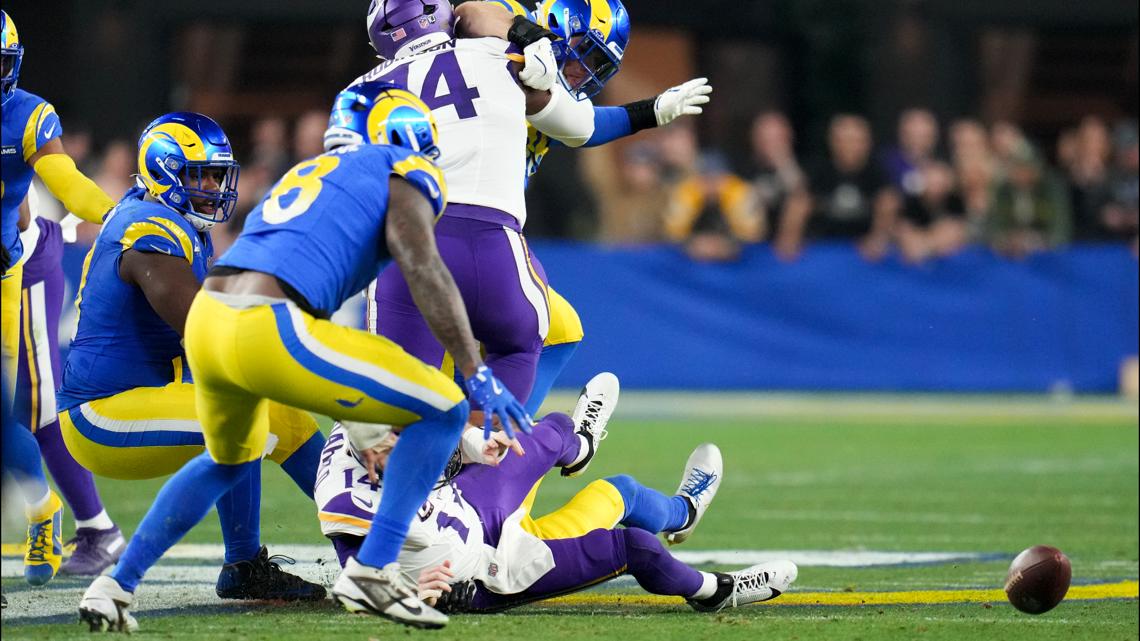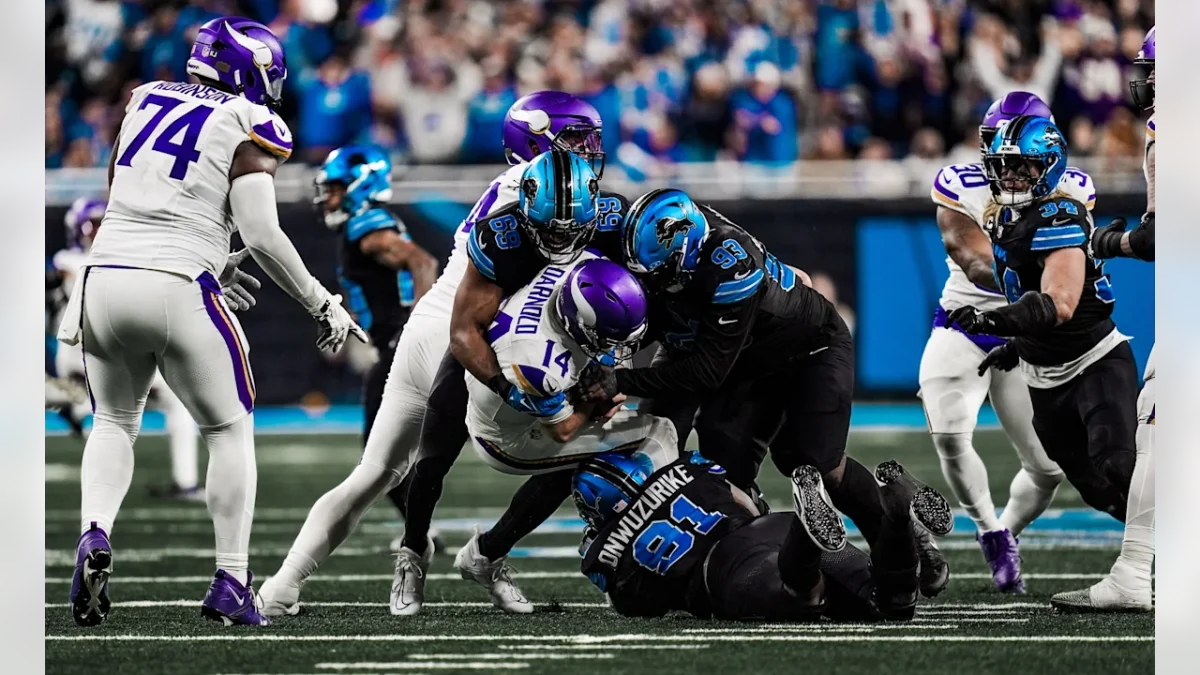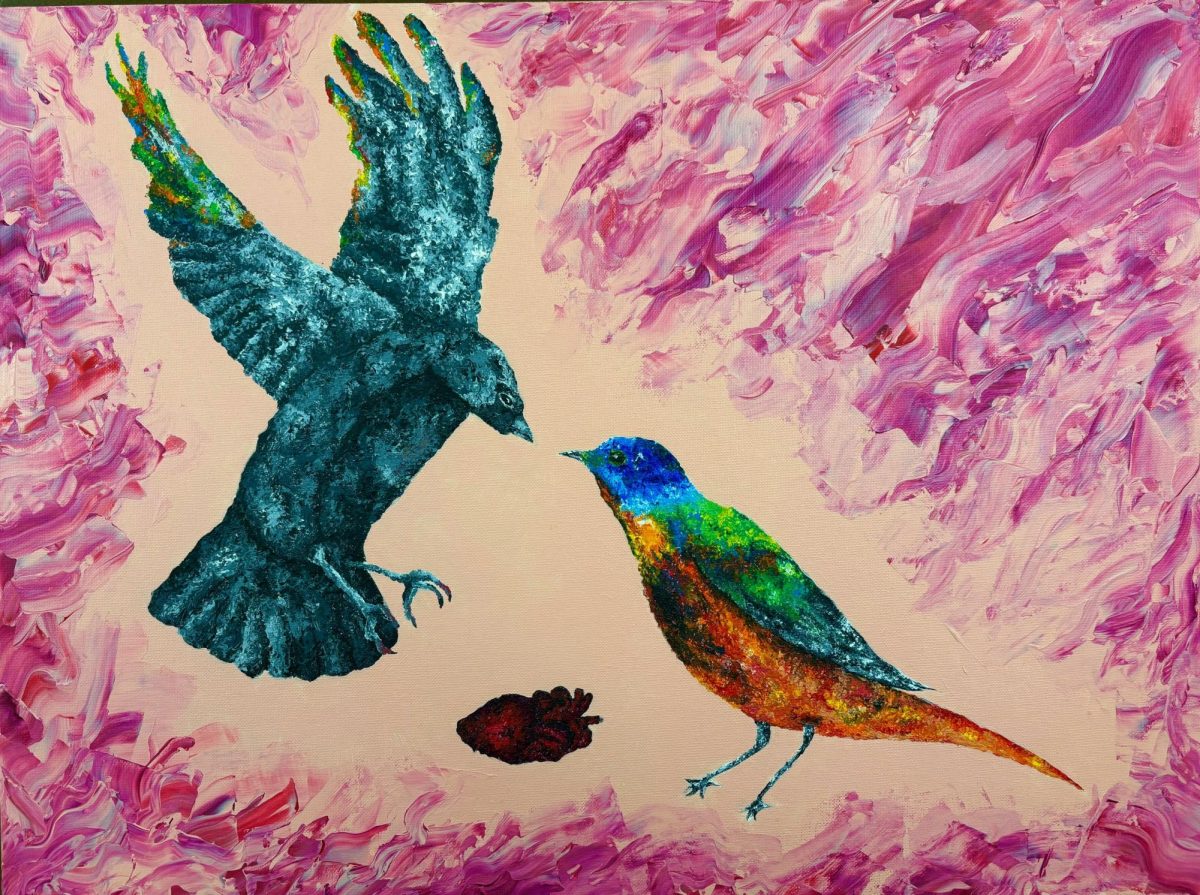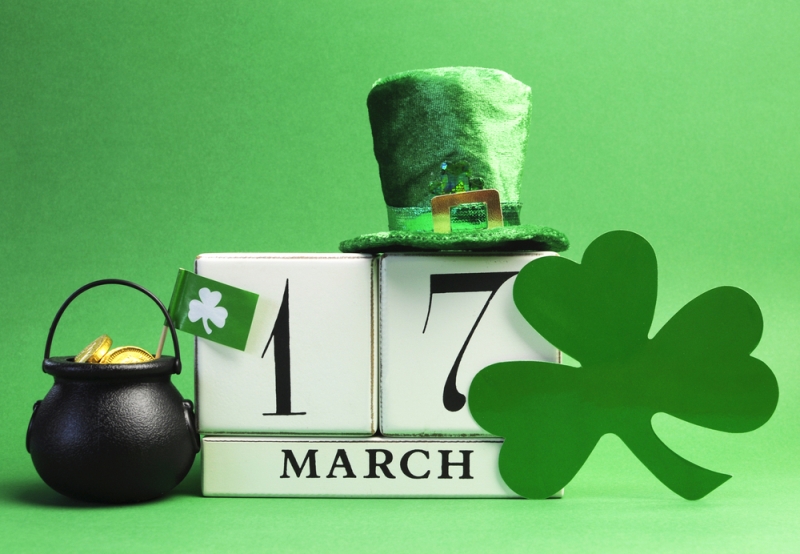A History of St. Patrick’s Day
The history of St. Patrick’s Day is not well-known, read more about how it originated.
The first things that come to everyone’s mind on St. Patrick’s Day every year on Mar. 17 seem to be shamrocks, leprechauns, and pubs. It has been so ingrained into our yearly traditions that we do not even question its origins. It is commonly said that the holiday is celebrated because St. Patrick drove the snakes from Ireland, but what does that really mean? From the Middle Ages to the present, this is the story of St. Patrick’s Day and how it crossed the pond over to the United States.
First, you cannot have St. Patrick’s Day without the clergyman. One of the few records there is of the Saint comes from a book called “Confession”- allegedly written by the man himself. It was translated in the 19th century by Thomas Olden, and it gives modern historians many important details into the life of St. Patrick. He was born in Roman, England, to a family of Christian clergymen, and lived in relative comfort until the age of 16, when he was kidnapped by Irish raiders. He was enslaved and taken to Ireland, where he would spend the next six years of his life in servitude as a shepherd. He was eventually able to escape and return to England, but after becoming a priest, he came back to Ireland. His mission? To drive the snakes away from the emerald isle.
Now, this is not meant to be taken literally. Ireland, actually, is one of the few places in the world without any native snakes throughout recorded history along with Hawaii and New Zealand. According to National Geographic, “Scholars suggest the tale is allegorical. Serpents are symbols of evil in the Judeo-Christian tradition.” Many historians consider this tale to represent St. Patrick’s conversion of the people of Ireland to Christianity. The so-called “snakes” represent paganism within the country, and Patrick made it his goal that they would be no-more, and he succeeded. The Irish Times found in their 2018 religion survey that, “Four out of five Irish people identify as Christian, the highest figure across the continent apart from Portugal.”
It is said that St. Patrick died on the 17th of Mar., and was later buried in what is now Downpatrick, Northern Ireland. Throughout the following centuries, legends would spread across the British Isles of his deeds. There was no St. Patrick’s Day, however, for over a thousand years. It was not until in 1631, when Ireland was under the rule of the British Charles I, that Mar. 17th was added as a lesser-feast day in the Church of England, and that the idea of a holiday for the Saint began to gain traction.
Marion Casey, a clinical assistant professor of Irish Studies at New York University, said, “It wasn’t until 1798, the year of the Irish Rebellion, that the color green became officially associated with the day. Up until the rebellion, the color associated with St. Patrick was blue, as it was featured both in the royal court and on ancient Irish flags. But as the British wore red, the Irish chose to wear green, and they sang the song “The Wearing of the Green” during the rebellion, cementing the color’s relevance in Irish history.”
Less than 50 years later did the Irish Potato Famine strike, killing over a million people, and displacing twice as much, with many moving to the U.S. Because many of these immigrants were Catholic in a mostly Protestant nation, the Irish were regularly discriminated against. This caused many communities across the Irish diaspora to revere great people from their history to create a sense of unity amongst one another. One of these people was St. Patrick, and from then on, the holiday would only explode in popularity. Year after year, more and more people celebrated St. Patrick’s Day in cities with large Irish communities. As the decades went on, several traditions were developed, such as the people of Chicago dyeing their river green or the annual parade in Boston.
In the old country, however, for a long time there was a lot more somberness. Casey explained, “It wasn’t until the late 20th century that Ireland repealed a law that initially kept everything—pubs included—shut down for the day. Since then, thanks to a marketing push from Budweiser in the 1980s, downing beer has become a common way to celebrate, regardless of how closely it’s tied to the actual meaning of St. Patrick himself.”
Today, St. Patrick remains one of the most well-remembered medieval clergymen, serving as both the patron saint of Ireland and a figure well-regarded by the more than fifty-million people across the world with Irish ancestry. Also, the holiday is celebrated in over fifty countries in which, according to Business Insider, and $6.16 billion dollars are spent in the name of the emerald festival each year.
St. Patrick’s Day has come a long way since its 17th century creation and its millennia-old origins. From an English priest converting the people of Ireland to Americans dyeing their rivers green, its effects have been long-lasting. With an ever enthusiastic base of observers and a little bit of the luck of the Irish, hopefully St. Patrick’s Day will be joyously celebrated for many years to come.






